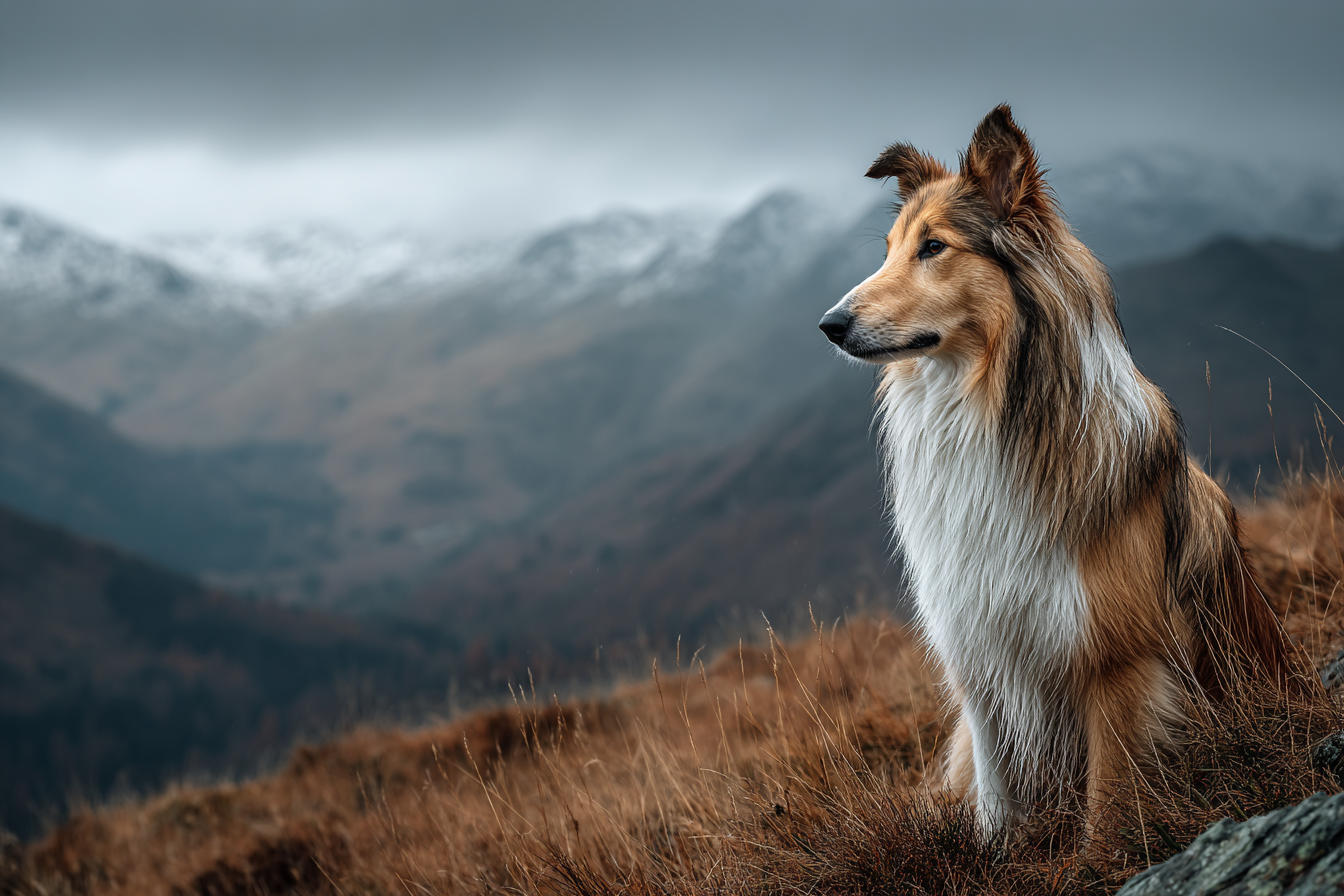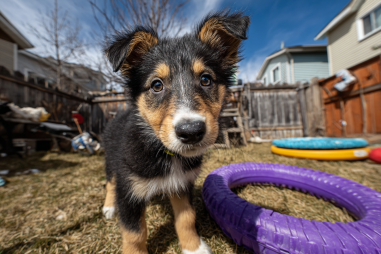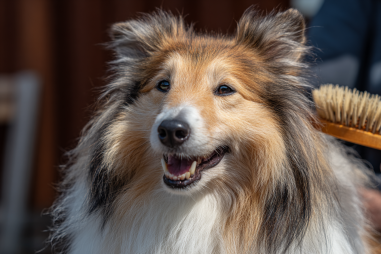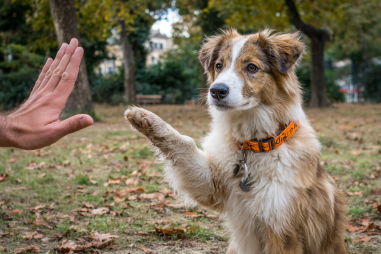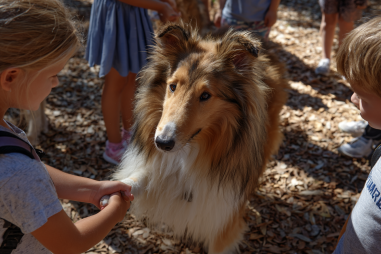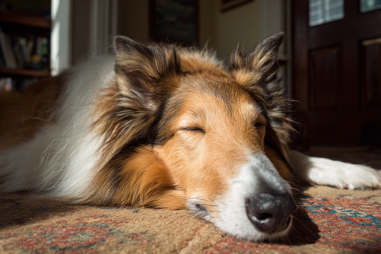The Collie is a breed that captures the hearts of dog lovers around the world, known for its intelligence, loyalty, and unmistakable beauty. From humble beginnings as hardworking shepherds in the rugged landscapes of Scotland and Northern England to becoming cherished family companions, the Collie’s journey is a testament to its versatility and enduring appeal. Join us as we explore the fascinating history and origins of this iconic breed, uncovering how it evolved through centuries of selective breeding and cultural significance.
Ancient Origins of the Collie Breed
The origins of the Collie breed can be traced back several centuries to the British Isles, particularly Scotland and Northern England. The name “Collie” is believed to derive from the Old Scots word “colley,” referring to black-faced sheep, which these dogs were primarily bred to herd. While there is no exact record pinpointing a specific date of origin, evidence suggests that Collie-type dogs have existed in various forms for at least 300 years.
Historically, early herding dogs in the region were not a standardized breed but rather a collection of working dogs adapted to the demands of shepherding on rough terrain. They featured intelligence, agility, and endurance to control flocks efficiently. These early Collies likely shared lineage with other northern sheepdogs and were a mix of various herding canines that developed naturally through selective breeding by farmers and shepherds.
Role in Shepherding and Agriculture
The Collie’s primary role for centuries was as a working sheepdog, essential to shepherding and farming communities. These dogs had to possess sharp instincts, speed, and nimbleness to gather, drive, and protect sheep on often challenging and expansive uplands. The relationship between shepherd and Collie was symbiotic — the dog’s effectiveness directly impacted the success of the agricultural operation.
In this context, Collies played multiple important roles:
- Herding: Collies would skillfully move large flocks, preventing scattering while guiding sheep through rugged terrain.
- Guarding: They deterred predators and alerted shepherds to threats, protecting valuable livestock.
- Companionship: Close bonds developed between shepherds and their Collies, enhancing communication in the field through voice commands and whistles.
This vital work shaped the Collie’s intelligence, responsiveness, and affinity for human interaction, traits that remain dominant in the breed today.
Development of Rough and Smooth Collies
As the breed gained recognition outside farming circles in the 19th century, two distinct coat varieties emerged: the Rough Collie and the Smooth Collie. Both share the same general ancestry but have differences in appearance and grooming needs.
Rough Collie: Famous for its long, flowing coat, the Rough Collie has a dense double-layered fur that is both water-resistant and insulating. This variety became widely recognized thanks in part to literature and media portrayals. The Rough Collie’s striking appearance helped it transition from a purely working dog to a companion and show dog.
Smooth Collie: The Smooth variety has a short, dense, and flat coat which required less maintenance. It retains the herding capabilities of the breed while offering a more practical option for some owners. This variety often excelled in farm work due to its easier grooming and hardiness.
Both types were cultivated from the same general gene pool, with breeders selectively enhancing either the long or short coat. Preservation of health and working ability remained a priority alongside their aesthetic appeal.
Famous Collies in History and Media
Collies have enjoyed immense popularity in literature, film, and television, which has played a significant role in cementing their status as beloved pets across the globe. One of the most iconic Collies in history is “Lassie,” the fictional Rough Collie character created by Eric Knight in the 1930s. Lassie starred in numerous movies, radio shows, and a long-running TV series, captivating audiences with her intelligence, bravery, and loyalty.
Beyond Lassie, Collies have appeared in a variety of cultural contexts, reinforcing the breed’s reputation for trainability and friendliness. Their portrayal as devoted companions and heroic helpers helped increase public interest and demand for Collies as family pets.
Historically, Collies also served notable roles in wartime and search and rescue operations. Their keen senses and agility made them effective in detecting explosives or locating missing persons.
Breed Recognition and Standards
The formal recognition of Collies by kennel clubs began in the late 19th and early 20th centuries. The Kennel Club of the United Kingdom and the American Kennel Club (AKC) were among the first major organizations to establish breed standards that outlined the ideal physical and temperamental traits of the Collie.
Breed standards typically emphasize:
- Appearance: Athletic build, expressive eyes, distinctive head shape, and coat type (Rough or Smooth).
- Temperament: Intelligent, gentle, alert, and obedient.
- Movement: Smooth, graceful gait reflecting agility.
These standards ensure consistency in breeding programs while promoting the overall health and well-being of the dogs. Over the years, breed clubs and enthusiasts have worked diligently to preserve the working qualities of Collies alongside their show qualities.
How History Shapes Temperament
The Collie’s temperament today is a direct result of its historical role as a working sheepdog and its evolution into a companion animal. The breed’s intelligence and desire to please stem from centuries of selective breeding for obedience and problem-solving under challenging conditions. These traits make Collies highly trainable and responsive to commands.
Additionally, the herd-guarding instincts contribute to their natural alertness and protective nature, although modern Collies are typically gentle and friendly when socialized properly. Their sensitivity to human emotions and strong bond with family members mirror the cooperative working partnerships they developed with shepherds.
For potential owners, understanding this history helps appreciate why Collies thrive on mental stimulation, physical exercise, and consistent positive training methods. Their intuitive and loyal nature makes them excellent companions, especially for active families and individuals.
From Shepherd’s Partner to Family Member
The Collie’s journey from ancient herding dogs in rural Scotland to beloved pets worldwide showcases the remarkable adaptability and depth of this breed. Its rich heritage as a hardworking, intelligent, and loyal partner continues to influence the dogs we see today—whether on farms, in dog shows, or as part of the family.
Exploring the origins and development of the Collie not only sheds light on the breed’s unique characteristics but also allows us to honor the legacy of the people and dogs who shaped its history. Whether you admire their striking coats, keen minds, or gentle hearts, Collies remain a timeless symbol of partnership and devotion.

